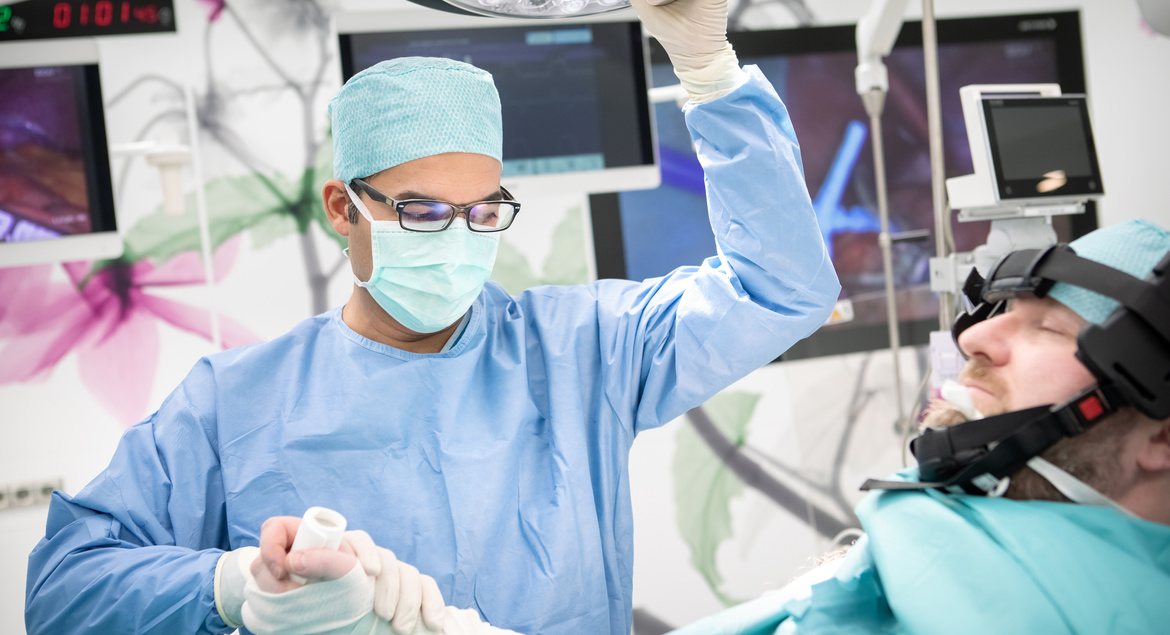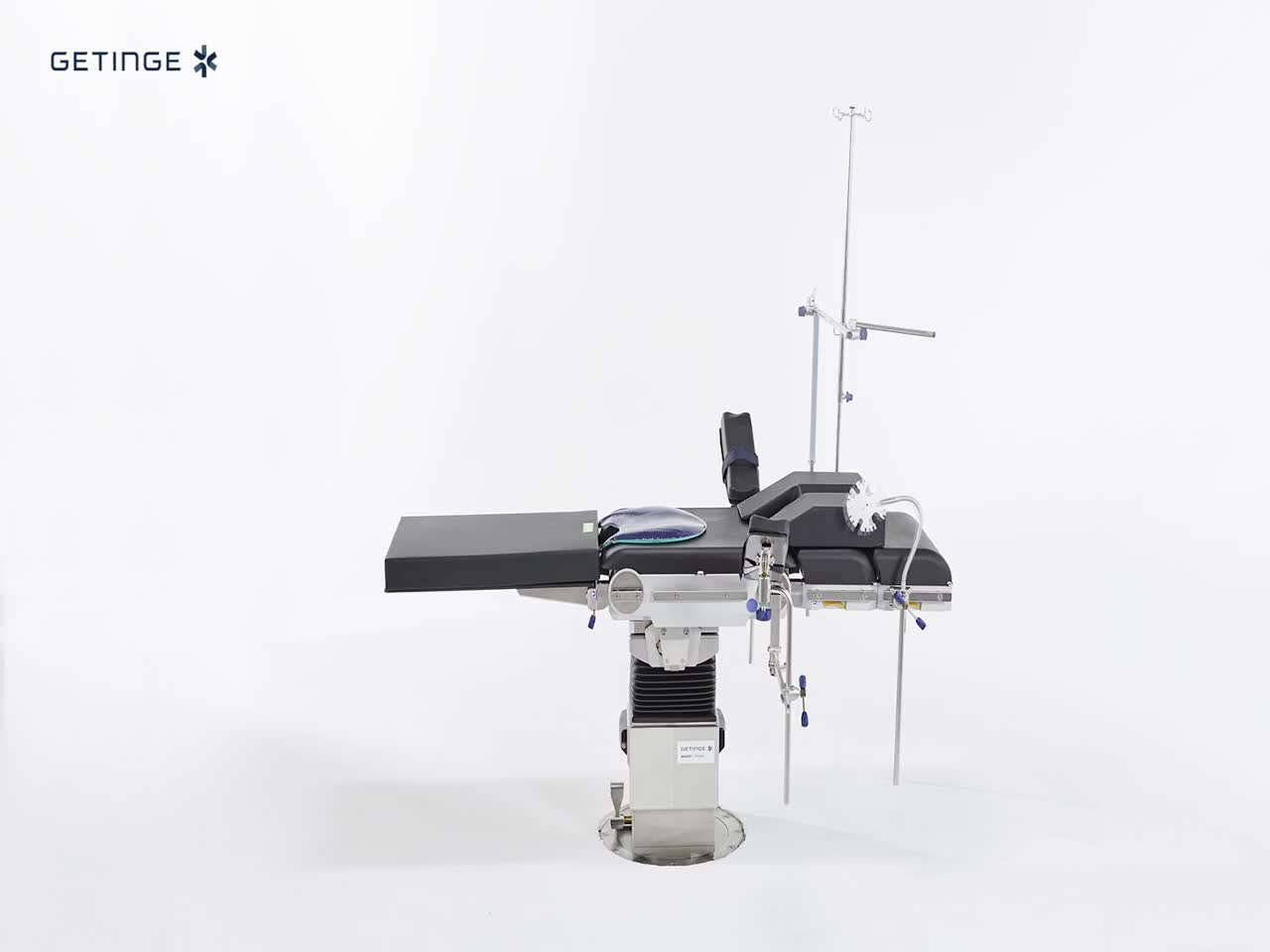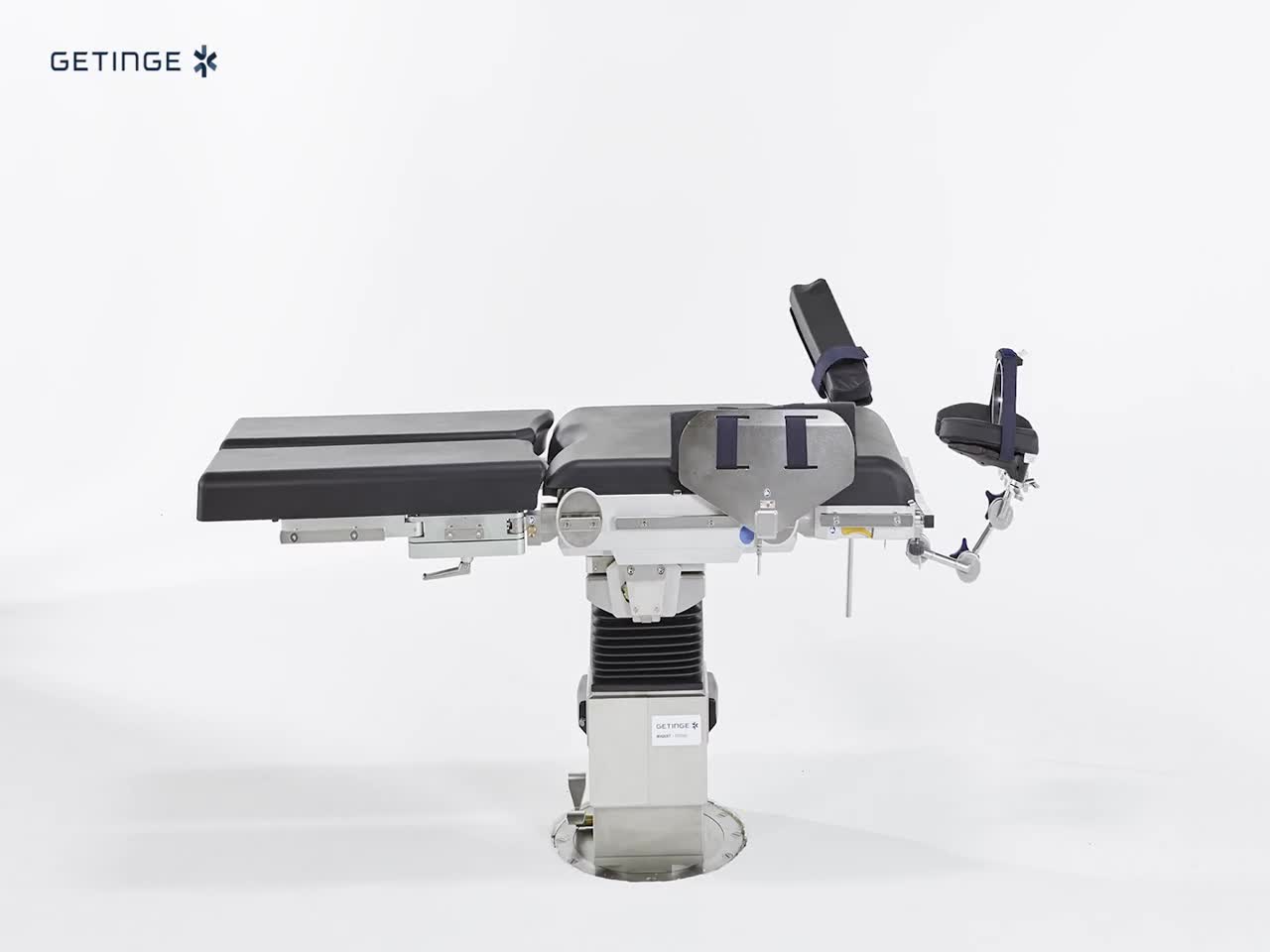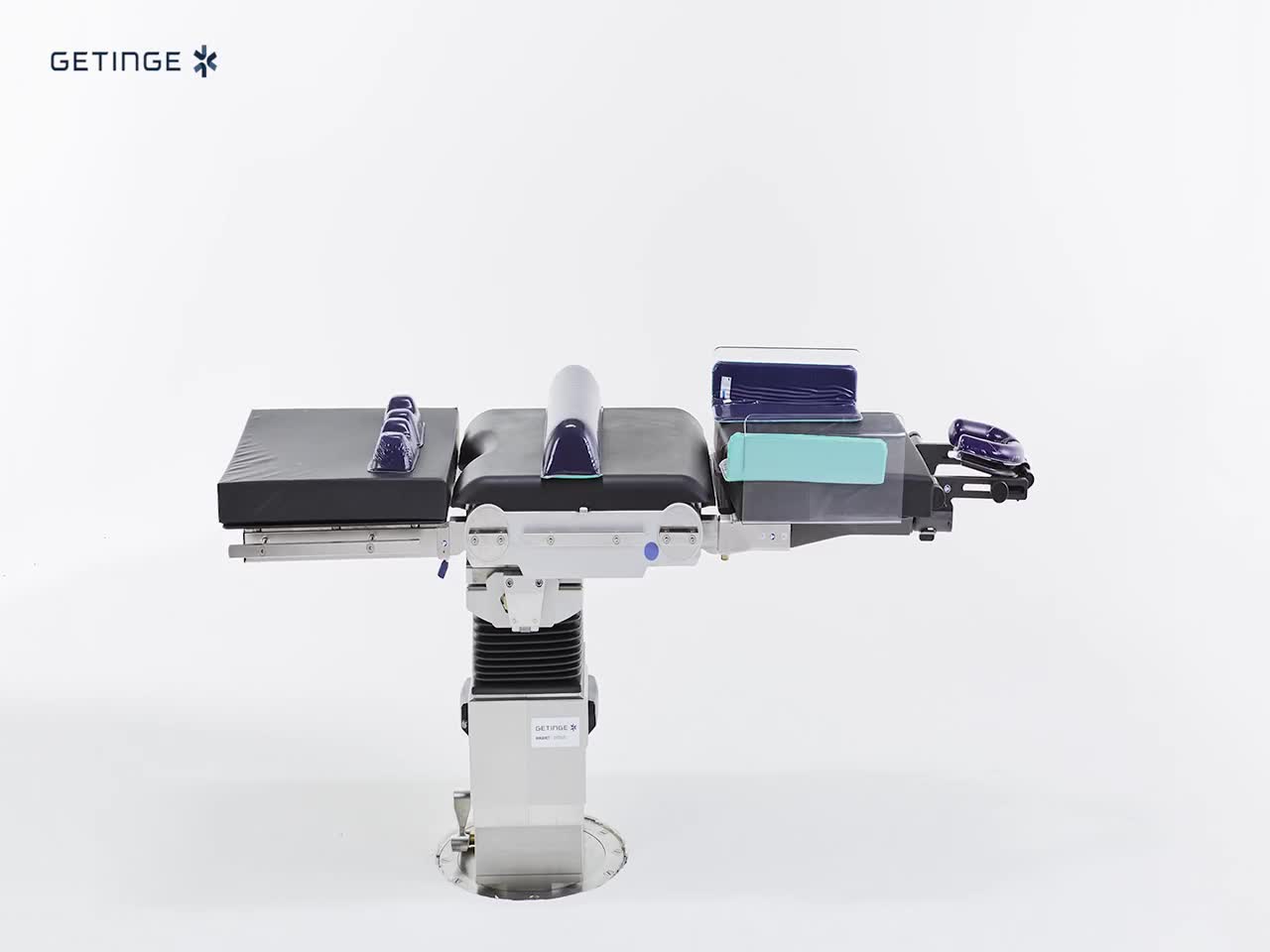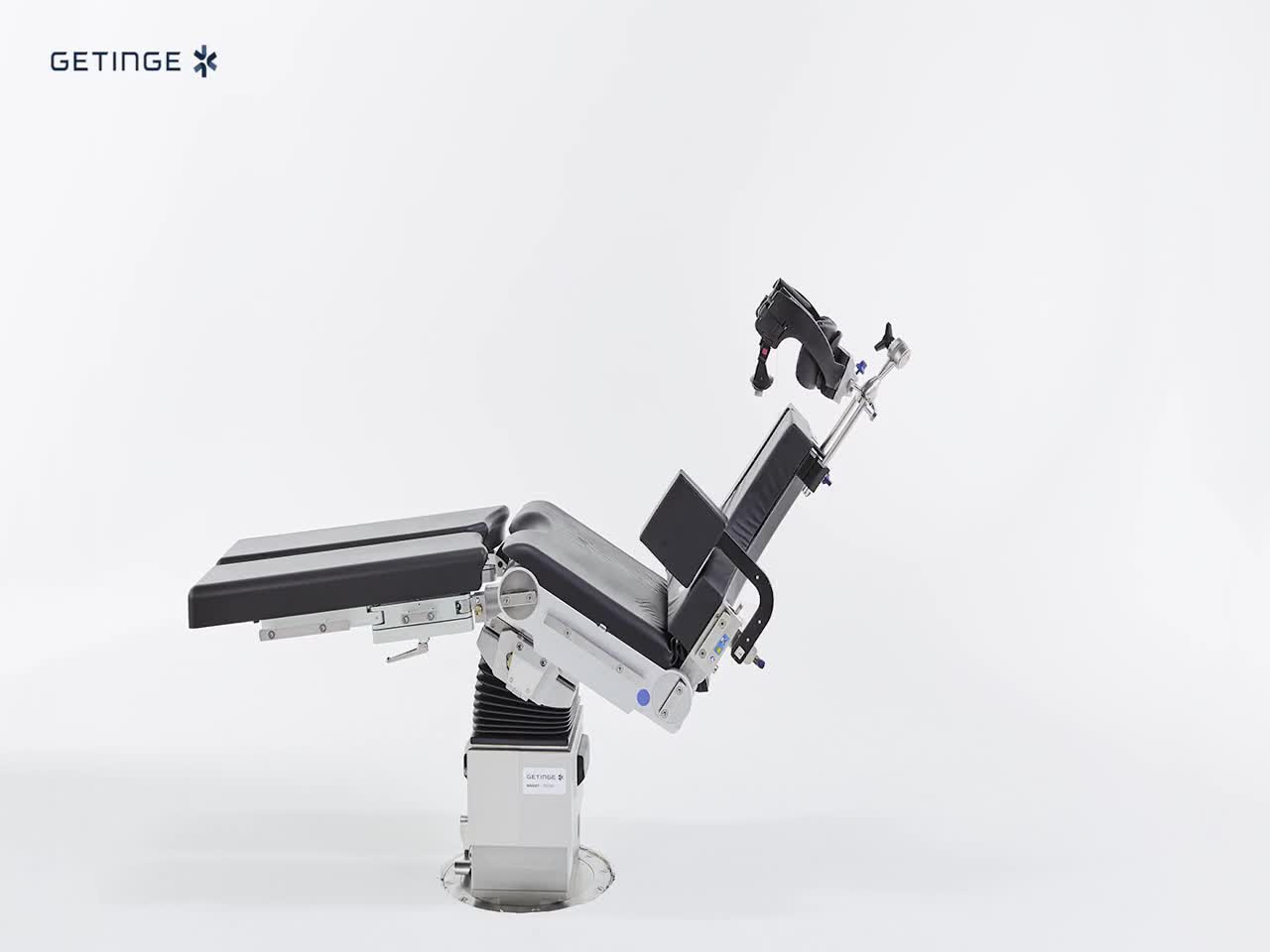Optimizing Patient Positioning in the OR
Patient positioning is essential to ensure patient safety not only during a surgical procedure but also before and after.
Optimal positioning not only ensures the best possible access to the surgical site, but also prevents long-term consequences such as nerve damage or pressure ulcers. These secondary complications can delay rehabilitation and recovery. Patients have better outcomes when hospitals can avoid these secondary consequences.
The right position for every type of surgery
General positioning at a glance
Each position presents its own benefits which play a key role in minimizing the patient's risk for positioning related issues.
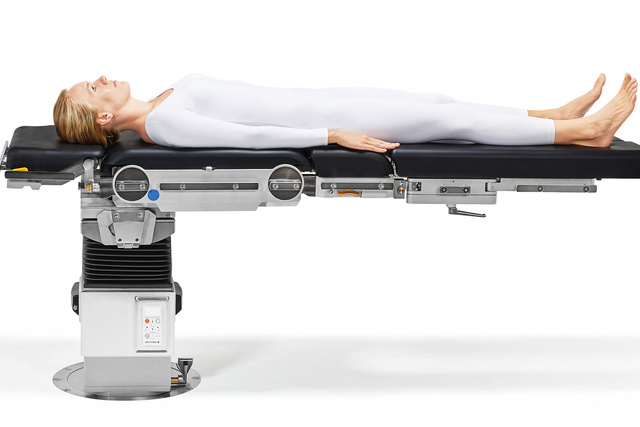
Supine position
Supine positioning is common for many surgical disciplines. Special attention should be given to leg positioning, ensuring that the knees and joints are not overstretched. The head and cervical spine should be relaxed. Careful arm placement can prevent nerve damage.
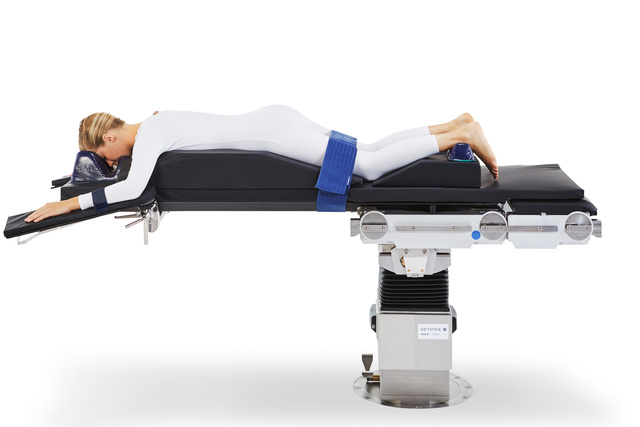
Prone position
Used during spine surgery, the thorax must be placed on a pad with a large opening; this allows the stomach and breast to follow the breath, and reduces intra-abdominal pressure. It is important to ensure that the blood vessels in the groin are not compressed. Knees should be bent slightly and well-padded. The head should be positioned so that the cervical spine is in a neutral position. Pillows with lateral cut-outs enable easy access for anesthesia tubes.

Lateral position
In lateral positioning, the patient must be secured to prevent rolling. Good padding for the legs and heels is recommended to relieve stress. The patient can be positioned on the motorized joints of the table top to give optimum access to the thorax or kidney area. Best practice recommends using a pillow that offers space for the ear.
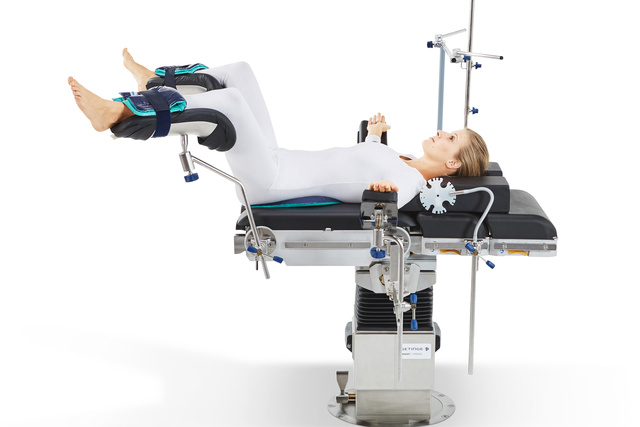
Dorsosacral position / Lithotomy position
Ideal positioning for gynecology and urology surgery requires that the pelvis is positioned to prevent a hollow back (lordosis) and to provide the largest possible supporting surface of the calf in the knee crutch. The popliteal fossa and heels should be freely positioned. The foot and knee should be positioned in line with the opposite shoulder.
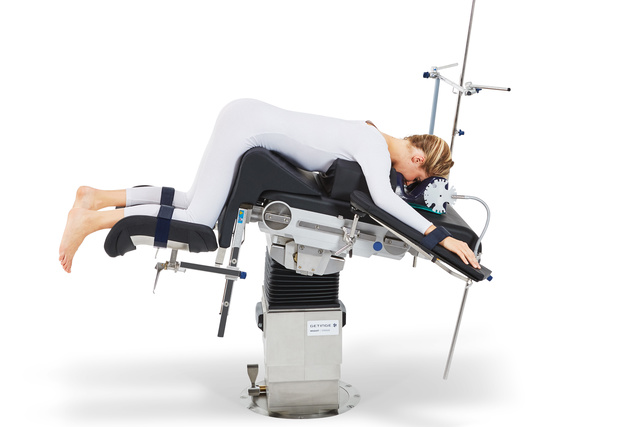
Genucubital position / Knee elbow position
For gynecological or rectal surgery, patients are anesthetized in supine position, and then repositioned into a Trendelenburg position for surgery to prevent sliding. Positioning aids play an important role in this position. The thorax must be placed on a pad with a large opening to reduce intra-abdominal pressure and aid breathing. Protect the patella with a gel pad, and use additional padding at the hip.
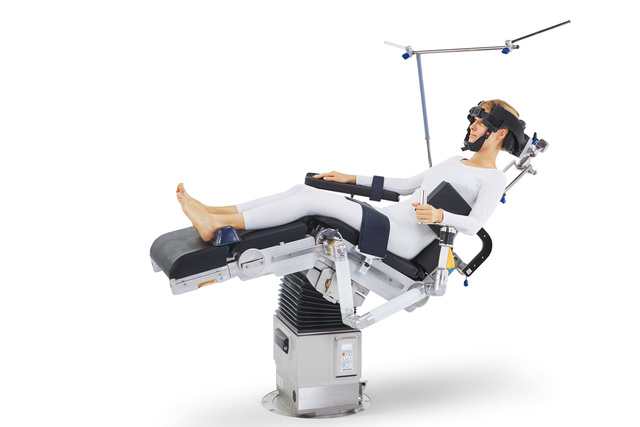
Beach chair position
The legs and knees should be relaxed and not overstretched. Raise the front and back stepwise, alternating between the two to reduce shear and friction forces. Once the patient has been placed into the sitting position, again assess the patient’s position to eliminate any forces that might have arisen during the positioning process.
Patient positioning examples according to discipline
Maximize access and minimize risk in general surgery
Surgical teams should always choose a position that maximizes surgical site access while minimizing the risk of complications. The positioning guide provides illustrative examples of what have been found to be the most suitable and effective positions.
Effective positioning for gynecological and urological surgery
The proper table position and complementary accessories improve access for gynecological and urological positions. Download our guide to effective positioning that optimizes access while minimizing patient strain.
Secure patient positioning in ophthalmology, ENT, oral and facial surgery
Optimize access to the patient’s head while minimizing the risk of complications. Our patient positioning guide provides illustrative examples of the most suitable positions for ophthalmology, ENT, oral, and facial surgeries.
Stable positioning in neurosurgery
Neurosurgery requires precise positioning for unobscured access. The positioning guide illustrates the most suitable and stable positions for neurosurgery.
Clear site access for orthopedics and traumatological surgery
Orthopedic and trauma surgeries need a broad, unobstructed view of the surgical site. Our patient positioning guide provides illustrative examples best practices in orthopedic patient positioning.
The right position for every type of surgery
Regardless of the surgical discipline, correct patient positioning improves site access and reduces patient complications. Explore more than 130 pages of patient positioning best practices in our comprehensive guide.
